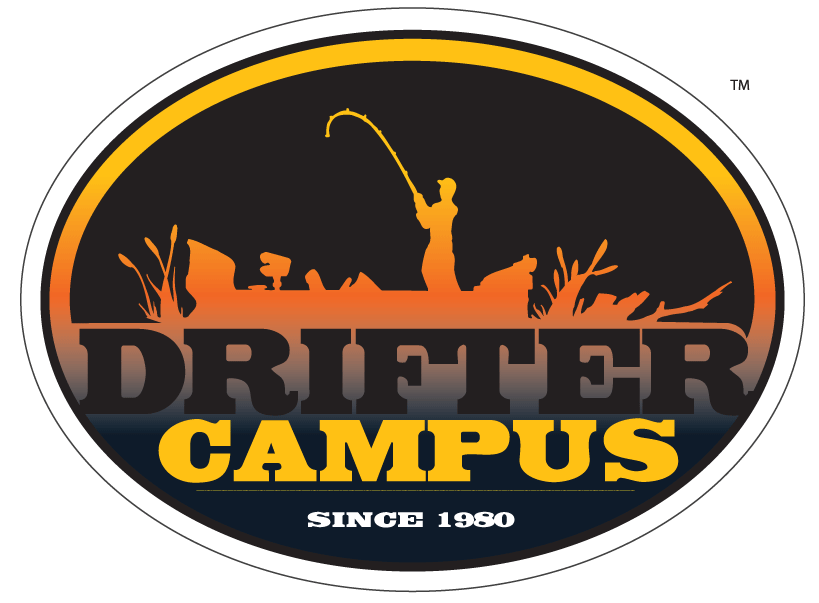Hey, I like to run and gun like everyone else. If the fish are ‘going,’ it’s hard to beat the wham-bam and move on approach. Likewise, if I’m scouting new water it makes sense to put on a bucktail, surface bait or some other search bait that lets me cover and learn the water quickly.
But what about other times? With age I’m becoming convinced I have to fish spots more thoroughly. The question is what does ‘thoroughly’ mean?
There are a number of factors involved. Lake type is important. You have to fish slower and use more and shorter casts the dirtier or more stained the water to pick apart or snipe away at each piece of structure. The type of structure can make a big difference. A sand bar doesn’t need the number of casts that a thick weed bed does. A host of other conditions such as wind, rain, algae or light conditions always enter the equation, but I’ve written about all that before in my book.
What I want to do here is take a new look at what ‘thoroughly’ means. With ever expanding knowledge and theory, with advances in technology and technique, I believe fishing a spot thoroughly goes way beyond traditional approaches. With thought and creativity we can locate new spots on our old ones.
Let’s use a clear water mid lake reef as an example. Lets also assume we have a steady moderate wind.
Graphic A shows water flow (wind current) in a typical unobstructed basin. Note that the water pushed to the windward side obviously returns, usually at the depth of the thermocline if the lake stratifies.
Graphic B shows what happens when structure, here a submerged reef, is contacted by this water flow. The red Xs show traditional spots or locations on the reef that should be covered carefully. These spots are likely still the best, but covering just them is no longer being thorough in my opinion.
Note the effect on the returning water column when it contacts the reef. The entire column is disrupted and deflected upwards. The entire food chain is likewise disrupted and deflected up along with a mixing and change of water temperature and oxygen levels. Chaos and turmoil. Guess where predators go? Yep, wherever chaos and turmoil exists. When the entire column gets near the surface the wind takes over again so these consequences are dispersed downwind in a fairly wide area. Birds and a few walleye fishermen have long known about this downwind area. Its time for muskie fisherman to fish it as well.
Note also the friction-induced deep eddy on the windblown side. I suspect that’s another spot on a spot worth a trolling pass or two just above the thermocline.
Covering these spots-the Xs marked in green-gives ‘thorough’ the new meaning I’m talking about.
The point, is to thoroughly fish this reef we should consider much more than the traditional. We can use flow studies and research to find these and other likely spots (see esoxresearch.com); we can use electronics to aid us (locate the thermocline depth, confirm the extent of the baitfish spread downwind, etc.); and modern techniques to properly and efficiently fish them (since the fish are likely shallow in or just below the entire food chain downwind of the reef, maybe planer board trolling in that area would be the ticket).
You see where I’m going with this. Apply this kind of analysis and approach to other structures, and a host of opportunities likely awaits the ‘thorough’ fisherman. How about where the wind induced return flow contacts the calm side hard bottom? Chaos and turmoil.
Exciting stuff. New frontiers. Enough weirdness for one article for sure.
Remember thinking is just being thoughtful. See you next issue.
Dick







